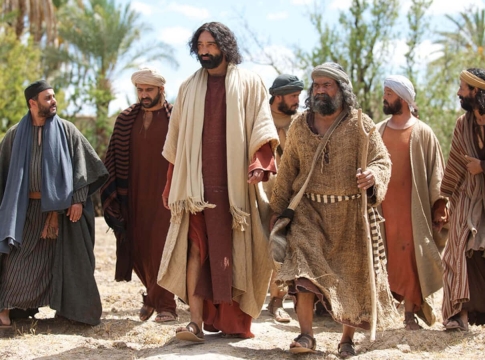
The identity of the first Black guy in the Bible remains unclear. The Bible is more concerned with our souls’ salvation than with the color of our skin. It never discusses people’s skin tones as a topic in which we ought to be concerned. Even yet, the Bible does provide certain suggestions regarding skin tone for those who are curious.
Majority of people were tanned
It is quite likely that the vast majority of people mentioned in the Bible were tanned (brown) because the majority of Bible history took place in the Middle East. Adam and Eve had to have possessed the genes for both black and white skin in order to become the progenitors of both black and white humans. They would have turned a dark brown as a result of this. Cush is a good bet to be the first person about whom the Bible seems to indicate that he was of black skin tone. He was Noah’s son through his father, Ham. Africa’s Cushites, who live south of Egypt, are his descendants. Although Ethiopia is frequently used as an analogy, Nubia (northern Sudan) is most likely more accurate.
Cushites
Later in the Bible, the Cushites are mentioned often. In Jeremiah 13:23 we find the rhetorical question ‘can the Ethiopian [the actual word used here is ‘Cushite’] change his skin?’, in an obvious referral to the dark or black skin of that people. Cushites that we read about in the Bible include:
• Moses’ wife (Numbers 12:1). There is discussion about the circumstances of this marriage and about the meaning of ‘Cushite’ in this verse, but most Bible scholars believe Moses married a black woman.
• A messenger in David’s army (2 Samuel 18:13). This might indicate that long before Ethiopians won gold medals at the Olympics in long distance running, they were known for being fast runners. The same is hinted at in Isaiah 18:2, where we read about the Cushites ‘Go, you swift messengers’.
• Ebed-Melech, an official at the palace of Jerusalem. He helps Jeremiah when nobody else does (Jeremiah 38:7-13).
New Testament
We learn about two significant figures in the New Testament who were probably black. The first is the baptism of the Ethiopian court official (Acts 8:27). He could very possibly be the founder of the Ethiopian church in antiquity. The second is Antioch’s church leader Simon Niger, whose name means “black.”
The Bible may contain a significant number of additional black people. For instance, Exodus 12:37–38 describes the “mixed multitude” who accompanied Israel when they left Egypt, which most likely included Black people as well. However, God does not give a damn about skin color, hence the Bible makes no mention of a person’s race—be it black, brown, or white.





